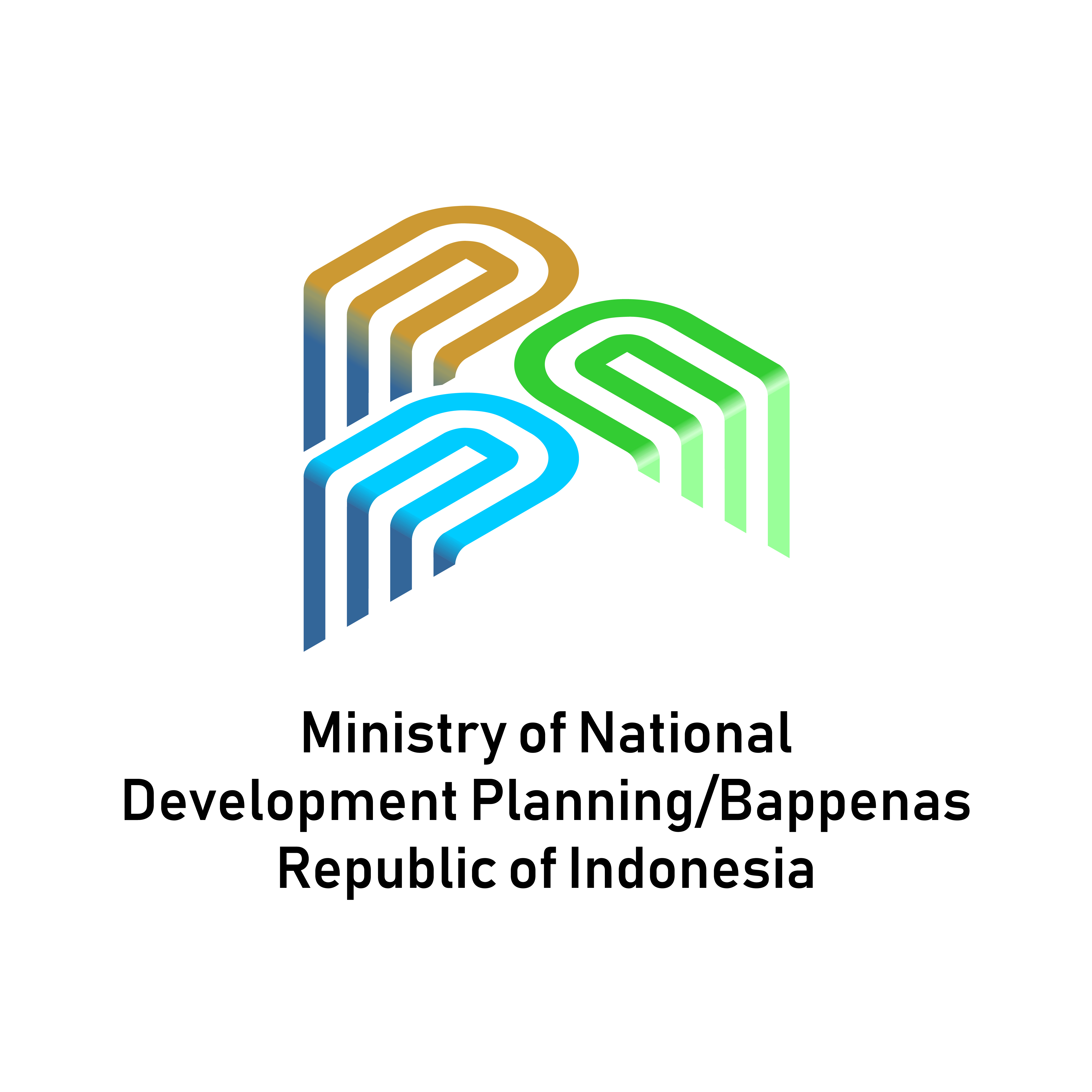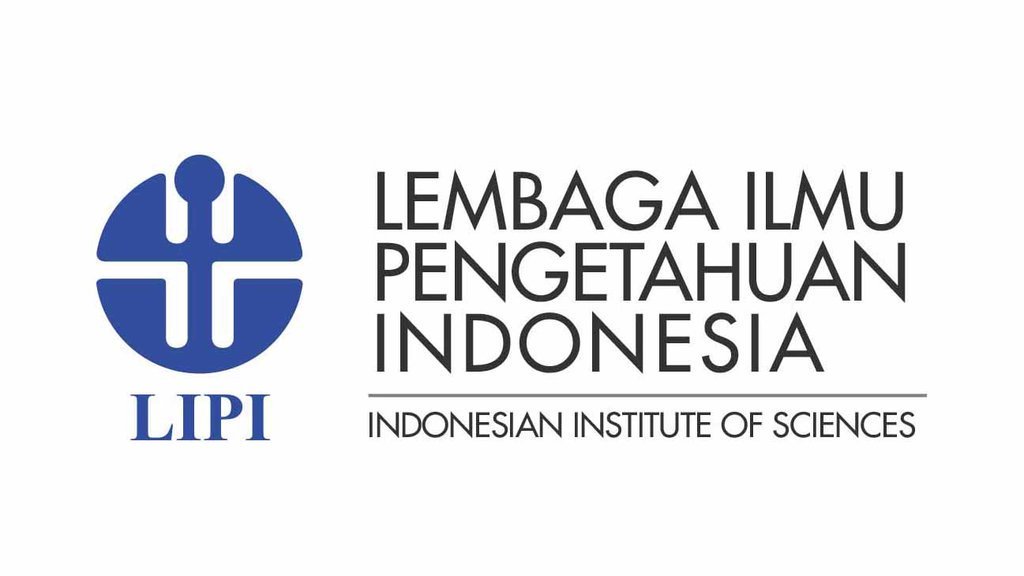The Institutional Study of Government Think Tank
DOI:
https://doi.org/10.36574/jpp.v1i1.10Keywords:
government think tank, knowledge policyAbstract
The government think tanks institution basically serves as a bridge between science and government policy. One of Bappenas duties and functions is as government think tanks. To find the appropriate institutional form, this study elaborates the institutional think tanks of foreign governments. This qualitative approach describes some of the best practice models including the Korean Development Institute (KDI) - South Korea, the National Institution for Transforming India (NITI) Aayog - India, the National Economic and Social Development Board (NESDB) - Thailand, and Productivity Commission (PC) - Australia. From these 4 institutional models, this study provides 4 alternative options as recommendations. First, the government can revitalize some organs in Bappenas to become a government think tank unit. If the Bappenas institution still holds the planning and budgeting functions, this is the best fit. It refers to NSEBD - Thailand. Second, transform Bappenas into a whole government think tank, with reference to NITI Aayog - India. Third, releasing work units implementing think tank functions at Bappenas to become a special think tank under Bappenas, with reference to KDI - South Korea. Fourth, new institutional think-tanks are formed under the president by utilizing the existing government think tanks institutional resources such as Bappenas and Research and Development Units underline ministries.
Downloads
Downloads
Published
How to Cite
Issue
Section
License
This is an open-access article distributed under the terms of the Creative Commons Attribution-NonCommercial-ShareAlike 4.0 International License. Copyright © Kementerian PPN/Bappenas RI


















